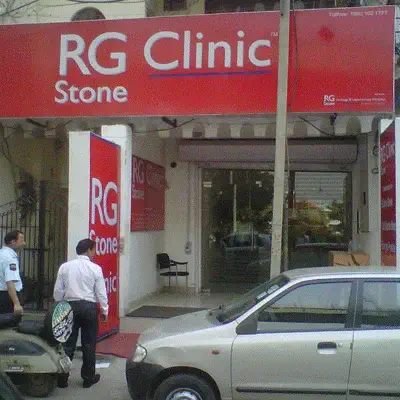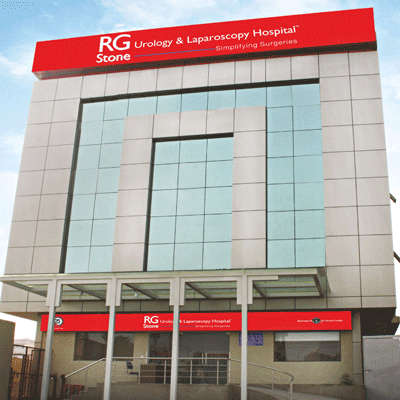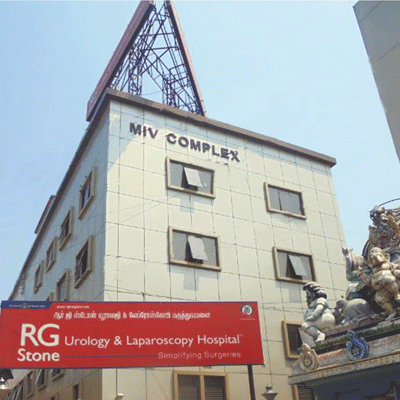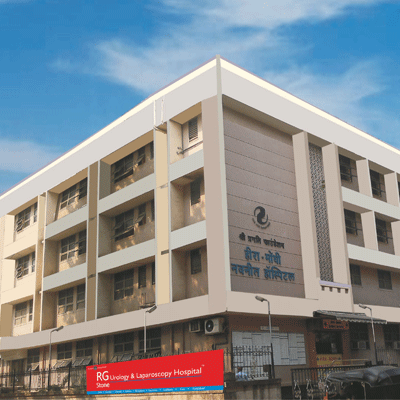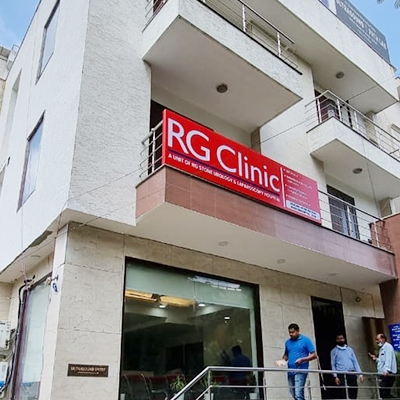Catheter insertion is a medical procedure used to provide temporary or long-term access to the bloodstream for various purposes, including dialysis, medication administration, or monitoring. A catheter is a flexible tube that is inserted into a vein, artery, or other body cavities, depending on the medical need. In the context of dialysis, a catheter provides immediate access for hemodialysis when other forms of vascular access, such as an AV fistula or graft, are not available or functional. Catheter insertion is often performed in emergency situations or as a short-term solution, and it requires careful monitoring to prevent complications like infection, clotting, or thrombosis.
Procedures & Interventions
A central venous catheter is inserted into a large vein, typically in the neck, chest, or groin, to provide direct access to the central venous system. This type of catheter is commonly used for dialysis, chemotherapy, and medication administration. The procedure is typically done under local anesthesia and can be performed in a hospital setting. A CVC provides a reliable means for fluid withdrawal and medication infusion, but it carries a higher risk of infection and clotting compared to other access methods.

A central venous catheter is inserted into a large vein, typically in the neck, chest, or groin, to provide direct access to the central venous system. This type of catheter is commonly used for dialysis, chemotherapy, and medication administration. The procedure is typically done under local anesthesia and can be performed in a hospital setting. A CVC provides a reliable means for fluid withdrawal and medication infusion, but it carries a higher risk of infection and clotting compared to other access methods.





Team of Excellence
RG Hospitals is proud to have over 4,800 esteemed doctors, many of whom are pioneers in their respective fields. They are recognized for their commitment to advancing healthcare through innovative and groundbreaking clinical procedures.
Find a DoctorLooking for an Expert
RG Hospitals is proud to be the home of some of the world's most distinguished doctors.

Patient Stories
View All
Patient Testimonial | Commitment To Care
Treated by Dr. Manoj Gupta , RG Stone Hospital, Dehradun
- All Locations
- New Delhi
- Haryana
- Punjab
- Kolkata
- Chennai
- Mumbai
- Goa
- Uttar Pradesh
- Uttarakhand







